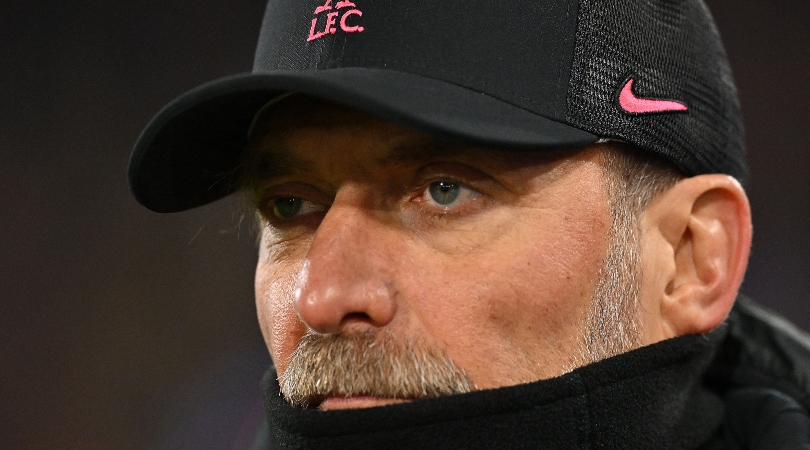
A year ago, in Paris after defeat in the Champions League final, Jurgen Klopp told Liverpool supporters to book their hotel rooms for next year’s final in Istanbul.
It was a typically upbeat response from a manager who is always positive about his team’s future and believes that success can be achieved through hard work.
Any fan who booked their hotel could have requested a refund as early as February, when Liverpool were effectively out of the Champions League after suffering their heaviest ever European home defeat, 5-2 against Real Madrid.
That night at Anfield signalled the end of any chance of silverware in what has been an unmitigated failure of a season for Klopp.
Now, the boss has vowed that next season will be different, saying that Liverpool will be “our normal self” and “absolutely we will be a contender again next season.”
There should be no sugarcoating this season, Liverpool weren’t a contender in any way, shape or form. They were at no stage in the fop four of the Premier League, exited both domestic cups in the fourth round, and out of the Champions League in the first knockout stage.
A home defeat to Leeds United, who won just twice away from home all season, was a low point in a season littered with them. Away defeats - of which there eight in total (the same amount as Everton) - included at Nottingham Forest and Bournemouth.
Liverpool missed every minimum target – and by some distance.
“We played a bad season,” admitted Klopp after the final game – a game that saw already-relegated Southampton score 21% of their goals at home all season.
Reviewing exactly how and where it went wrong is a job that Klopp and his coaching staff will have already been doing internally for months.
Here are five reasons it all went wrong.
1. Pre-season
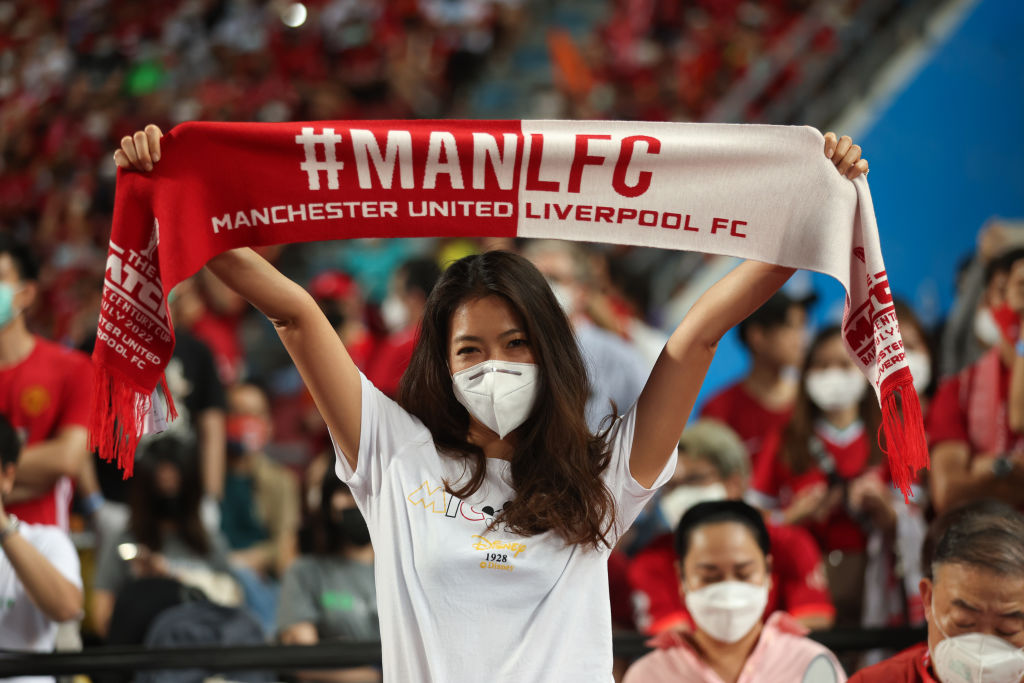
It started last March, back when Liverpool were in the midst of a quadruple pursuit. Liverpool confirmed a pre-season friendly against Man United in Bangkok, but surprisingly it was announced as being the first game Klopp’s side would play in the summer.
That meant there would be no domestic, local friendlies. Just smack bang a first friendly against Man United, in the heat of Bangkok. It seemed odd and it proved to be. A 4-0 defeat.
It took until January for Klopp to admit the timing of pre-season was wrong. “Would I do anything differently? I wouldn’t go, in the first week, to Asia,” he admitted.
Pre-season also saw Darwin Nunez struggling with blisters as he adapted to the intensity of training under Klopp. That proved to be prescient, with the potential club record signing going on to have six different, albeit small niggling, injuries during his debut season at the club.
2. The failure to sign a midfielder
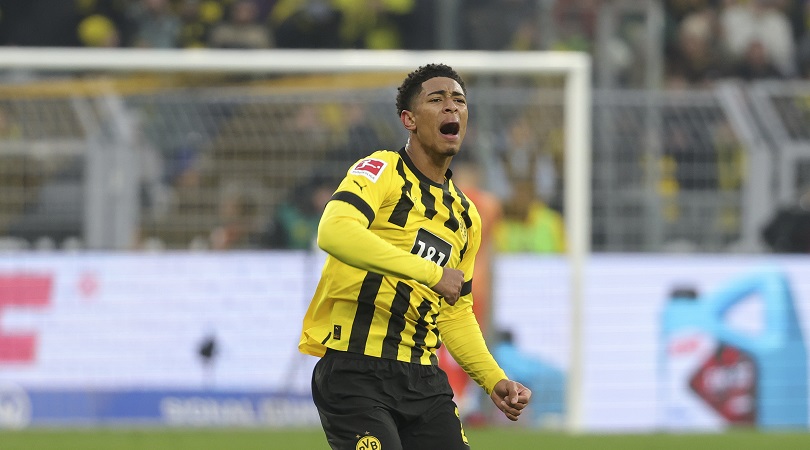
We know the story now. “Where is the need for a midfielder?” questioned Klopp last July. “Tell me what kind of player [midfielder] are we missing?” he insisted.
Possibly no words have backfired quite like those as Liverpool fans sat and watched their midfield get run past and passed around by everyone from Leicester’s Kiernan Dewsbury-Hall to Southampton’s Kamaldeen Sulemana.
‘One that can run,’ would be the answer.
Fabinho’s form had dropped off at the end of last season, as he continued to be overplayed, while Thiago’s injuries and Jordan Henderson’s effectiveness were not just predictable but guaranteed. Klopp says that some of the issues this season weren’t predictable but it’s a highly contentious claim.
While publicly backing his midfielders, Klopp sought to buy Aurelien Tchouameni but the French midfielder opted for Real Madrid instead. How different things may have been with him on board.
But there was no plan B. Eventually, Arthur was signed in the biggest deadline day panic move since Steven Caulker arrived at Anfield. He played 13 minutes all season, after Liverpool paid around £4 million plus wages.
Liverpool’s plan B seemed to be to wait for Jude Bellingham. Then withdraw from the race to sign him in April after the current problems in midfield meant that Champions League football wasn’t going to be arriving.
3. Too slow to admit problems
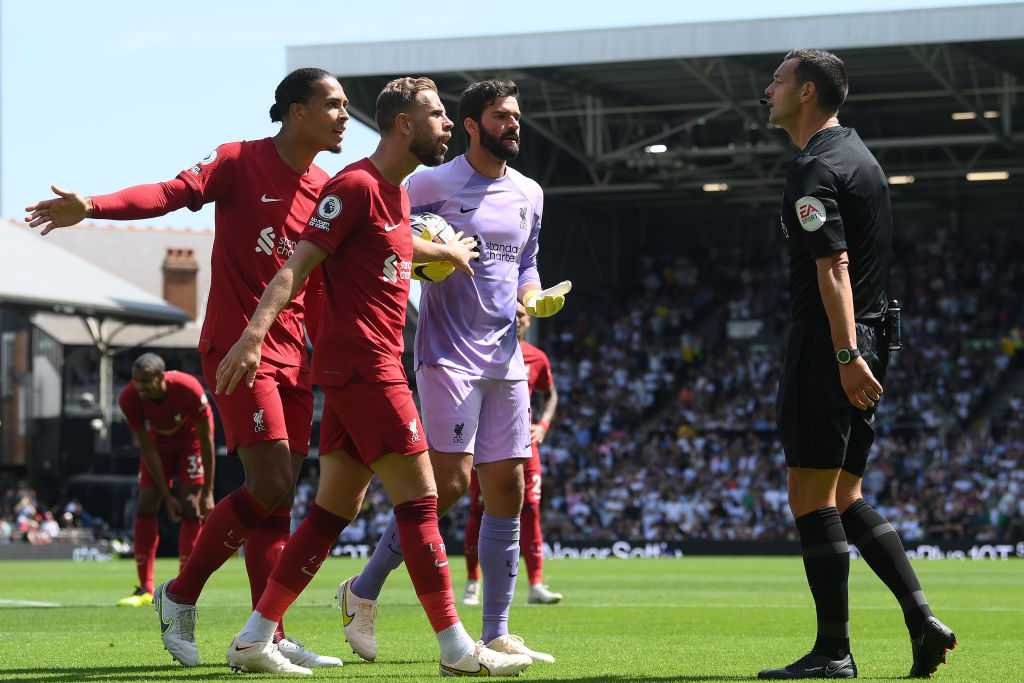
The laboured opening season draws to Fulham and Crystal Palace should have rung alarms. Both games were Liverpool went behind first, following on a trend from the end of the previous season.
Klopp insisted it wasn’t an issue and they couldn’t be compared. By October they’d gone behind in 10 of their last 12 league games.
Constantly having to salvage and come from behind was mentally and physically draining, for a side who were mentally and physically drained from the exploits and manner of the previous 63-game season.
It took far too long to rectify the issue.
4. Chances for change not taken
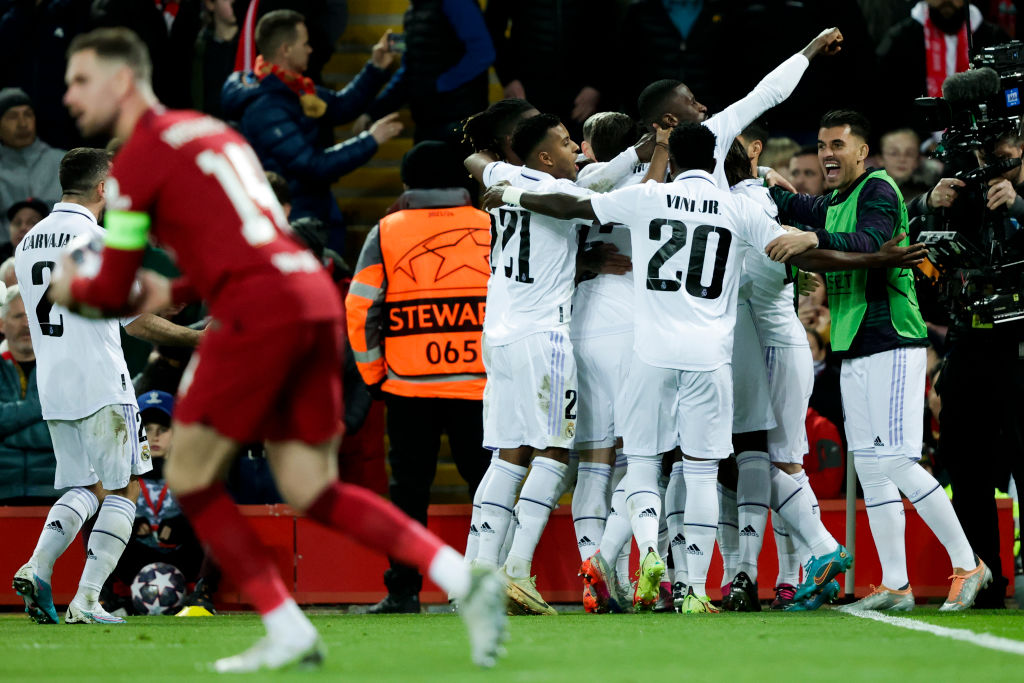
In the most disjointed of seasons due to the World Cup, there was also an extended break due to the Queen’s passing, plus another three-week gap in March and several of 10 days or more.
Training time is what Klopp constantly craves and speaks of needing, but these breaks resulted in no improvement thereafter.
“We expected to sort it quicker,” admitted Klopp after the season ended. “But we work with human beings and sometimes it takes longer.”
Eventually, a change was made that actually improved the side, with Trent Alexander-Arnold moving into a hybrid full-back-midfielder role. But even then the timing of that was odd. It happened against Arsenal, at the end of a week that had seen Liverpool play away to Man City and Chelsea already.
Klopp has claimed his side were better after the World Cup break, but since then they had humbling defeats away to Brentford and Wolves, knocked out the FA Cup by Brighton, the 5-2 against Real Madrid, lost at Bournemouth, 4-1 at Man City, and struggled to a 0-0 with goal-shy Crystal Palace.
5. One step forward, two steps back
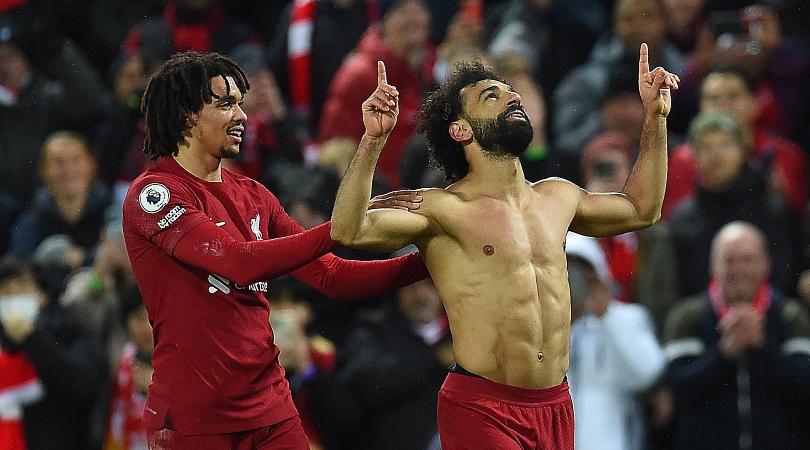
Even when things did go well, they were soon followed by a bigger step backwards.
A week after beating Man City at Anfield, they lost at Nottingham Forest. A week after beating Man United 7-0, they lost at Bournemouth. A week after a last-gasp winner against Newcastle back in August, they were hammered 4-1 by Napoli.
Consistently, Liverpool were the most inconsistent team, you never knew which side was going to show up - or maybe you did, because in general they showed up at home and in big games, but failed to show up away from home and especially against teams they were expected to beat.
The worry there is the question of mentality? Have Klopp/s mentality monsters lost that edge? It’s something that certainly needs addressing.
Even when Stefan Bajcetic – a rare shining light amidst a season where there was only one real claim for the player of the season, that being the goalkeeper who saved more ‘expected goals’ than any other in Europe - came into the side he wound up injured after being overplayed.
Bajcetic wasn’t in Klopp’s list of nine midfielders in pre-season and only ultimately started 13 times, but he’s easily been their best midfielder of the season. The teenager started seven games in a row, then succumbed to a hip injury. It was hardly a surprise.
Klopp has insisted that the improved form at the end of the season, 11 games unbeaten, hasn’t influenced his plans for the summer. And that is certainly a view he must continue to hold.
Next season needs to be massively different.







